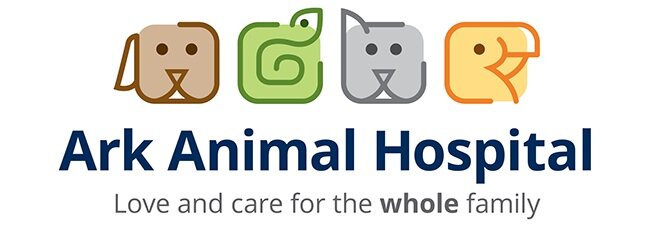By Rick Schubert, Director
Last week we received our first baby Red Fox of the year (above) Before the Ooo's and Ahhh's commence, there are some important things to say about this:
First, it is only as a last resort that wildlife rehabbers take animals like this into human care. Most of the work we do is over the phone, and out of every call we receive about a possibly orphaned animal, we only need to admit about a quarter of them to the Center. The rest either just need to be left alone, or we can talk you through reuniting them with the parents. That's why experience is so critical in a wildlife rehabber.
Second, the red fox is a Rabies-vector Species in Pennsylvania, along with raccoons, woodchucks, skunks, coyotes, and bats. It is beyond critical that these animals are not handled with bare hands. Any mistakes here means a death sentence for the animal. Fay, the volunteer feeding the fox here, is vaccinated against rabies and has been volunteering for us for 13 years.
Third, this is a lone single fox...we eventually have to get it with others. The cardinal sin of wildlife rehabilitation is to rehab any animal in such a way that it becomes tame. To do that is a gross breach of our ethics, and will result in the death of the animal. It MUST be raised with others of its own kind, it MUST have absolutely minimal handling, and upon release (in this case, at about six months old), it MUST be 100% able to survive on its own. Teaching baby foxes to be foxes is not an easy task, especially because it must be done without them seeing humans. But, that's why we're here. We respect their wildness, we respect their free will.
Ok, you may resume ooh-ing and ahh-ing.












